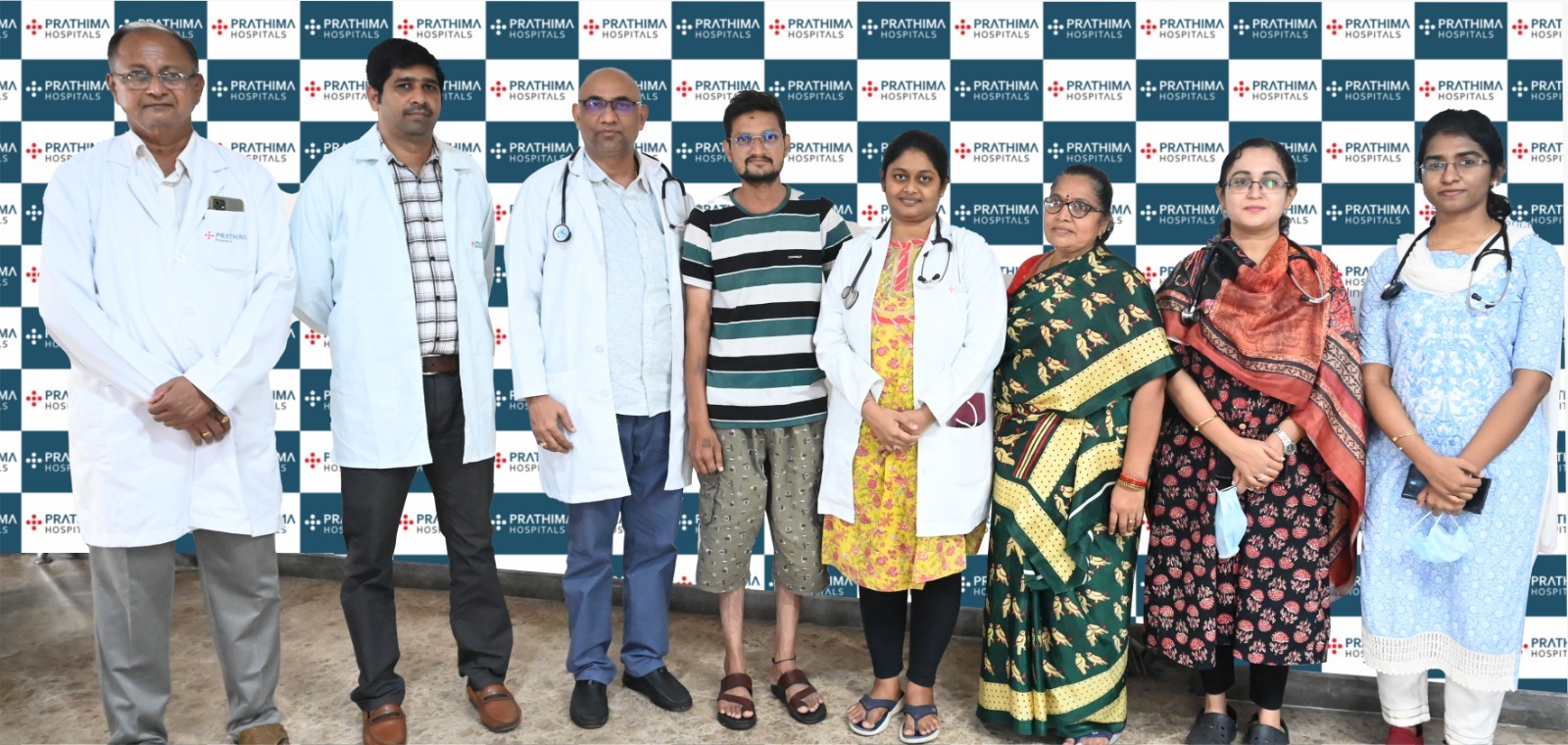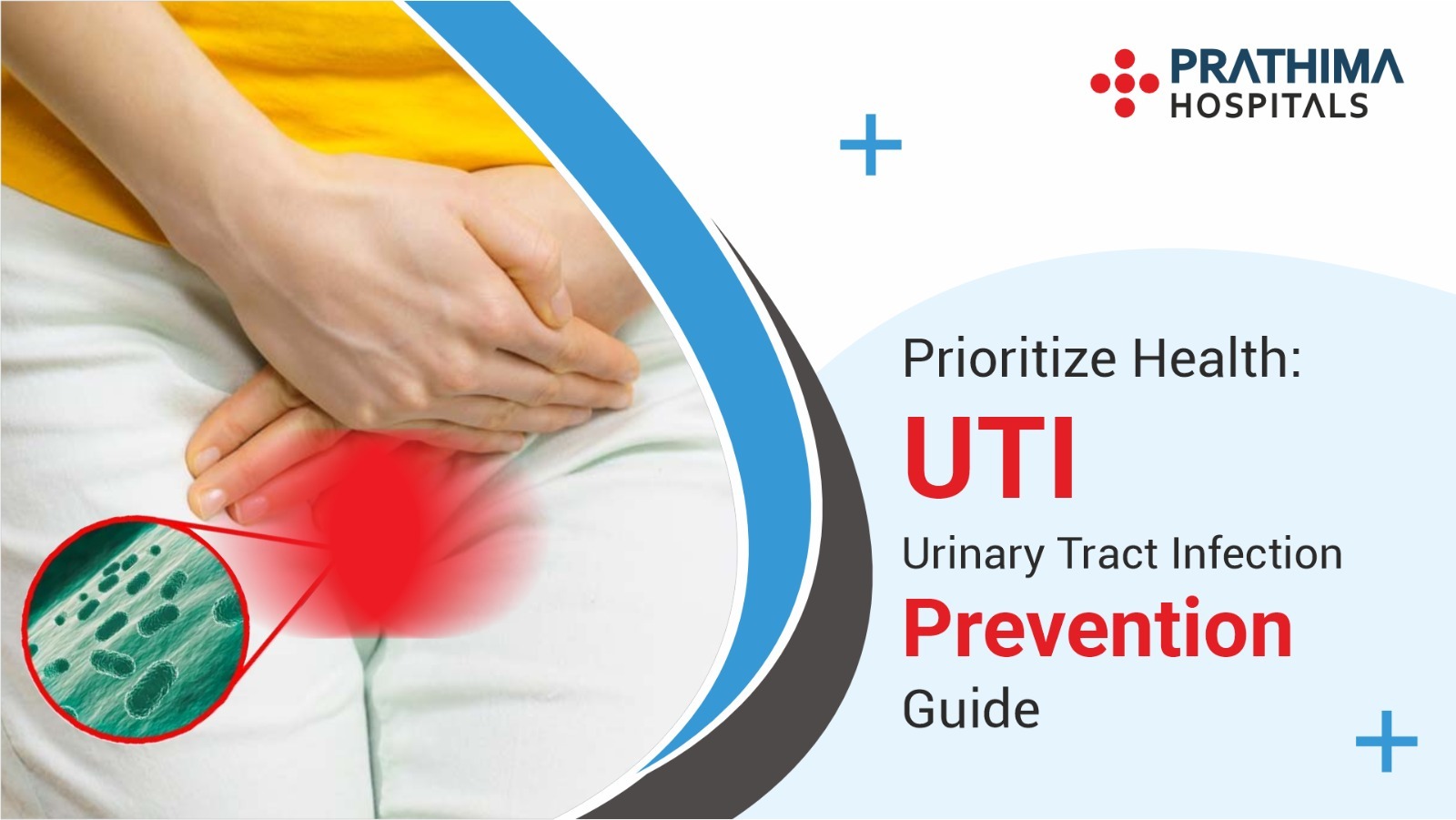Care for your Spine : Stand Tall

“Standing upright” is a virtue of mankind. Spine plays a key role in maintaining the erect posture. Human spine has a complex architecture consisting of bones, joints, ligaments, muscles, nerves and intervertebral discs. There are several anatomical variations in each region from neck to tailbone.
Back pain is common among the working class and is known to impact earnings and lifestyle of individuals. About half the population experience back pain for at least certain time during their middle age. Several risk factors like age, obesity, lifting heavy objects, sports fall & faulty ergonomics contribute to the problem.
Slipped discs or vertebrae, simple muscle spasms, ligament sprains and joint inflammation form most common phenomena where a person seeks medical help for back pain. Diseases like tuberculosis, non-specific inflammations, degenerative disorders, primary neoplasms or certain congenital conditions can also affect the spine. Cancers from other organs like breast, prostate, uterus, cervix, kidneys, lungs etc., can spread to the spine.
Spine-related symptoms include localized back pain which aggravates with movements or pain that radiates along the lower limbs. Progression of the disease can lead to altered sensations or weakness of limbs due to nerve compression. In most of the cases, pain lasts for a short duration while in some, it can last for weeks to months. When persisting pain is unaddressed, it can lead to mood disturbances and affect the overall quality of life significantly. “Neurologist in Hyderabad”
It is important to clinically evaluate the cause of pain and to identify REDFLAGS like recent weight loss or loss of limb sensations and power or urinary and bowel disturbances in evolution for further detailed evaluation by investigations like X-Rays, MRI scan, bone scan, or even PET scan according to necessity.
Treatment involves medical management with lifestyle advice and physiotherapy as required. Local or regional steroid injections for focal inflammatory conditions can relieve symptoms largely in some cases. Surgical interventions can be used among patients with slipped discs, vertebral sliding, destruction or fractures.
Final outcome depends grossly on the holistic approach aimed at meticulous clinical evaluation, screening by imaging or blood work where needed and personalized motivation to the individual.





